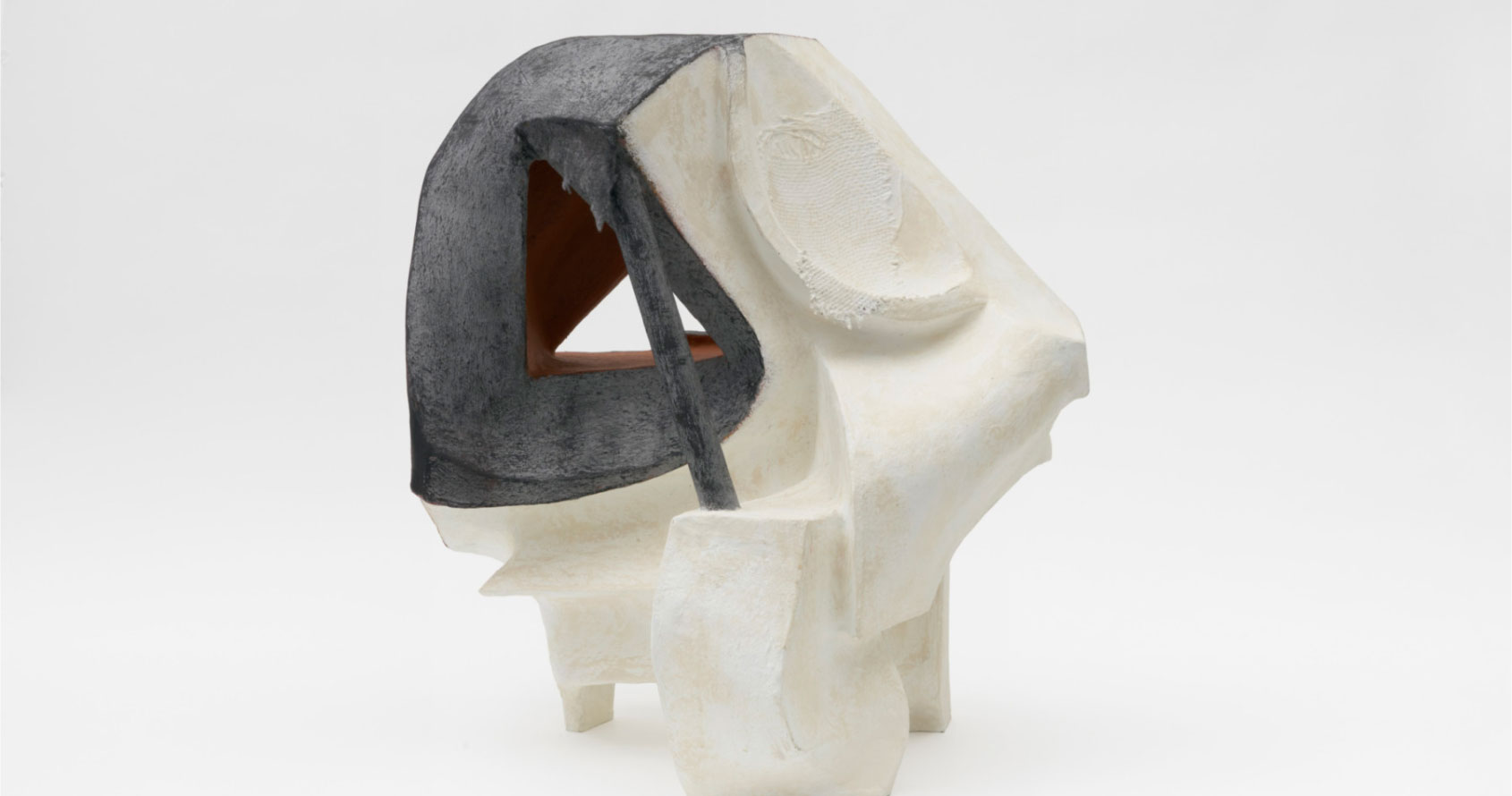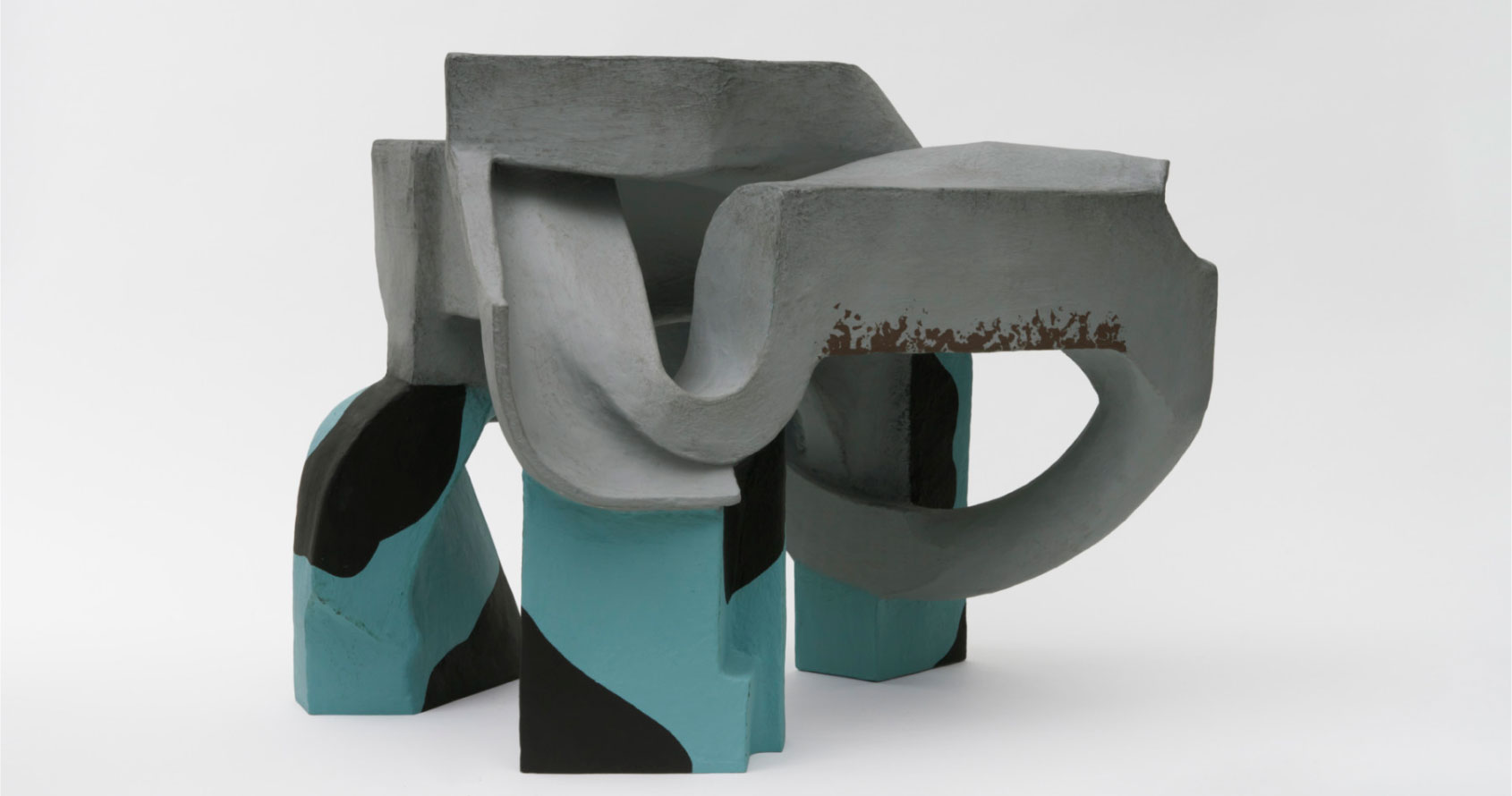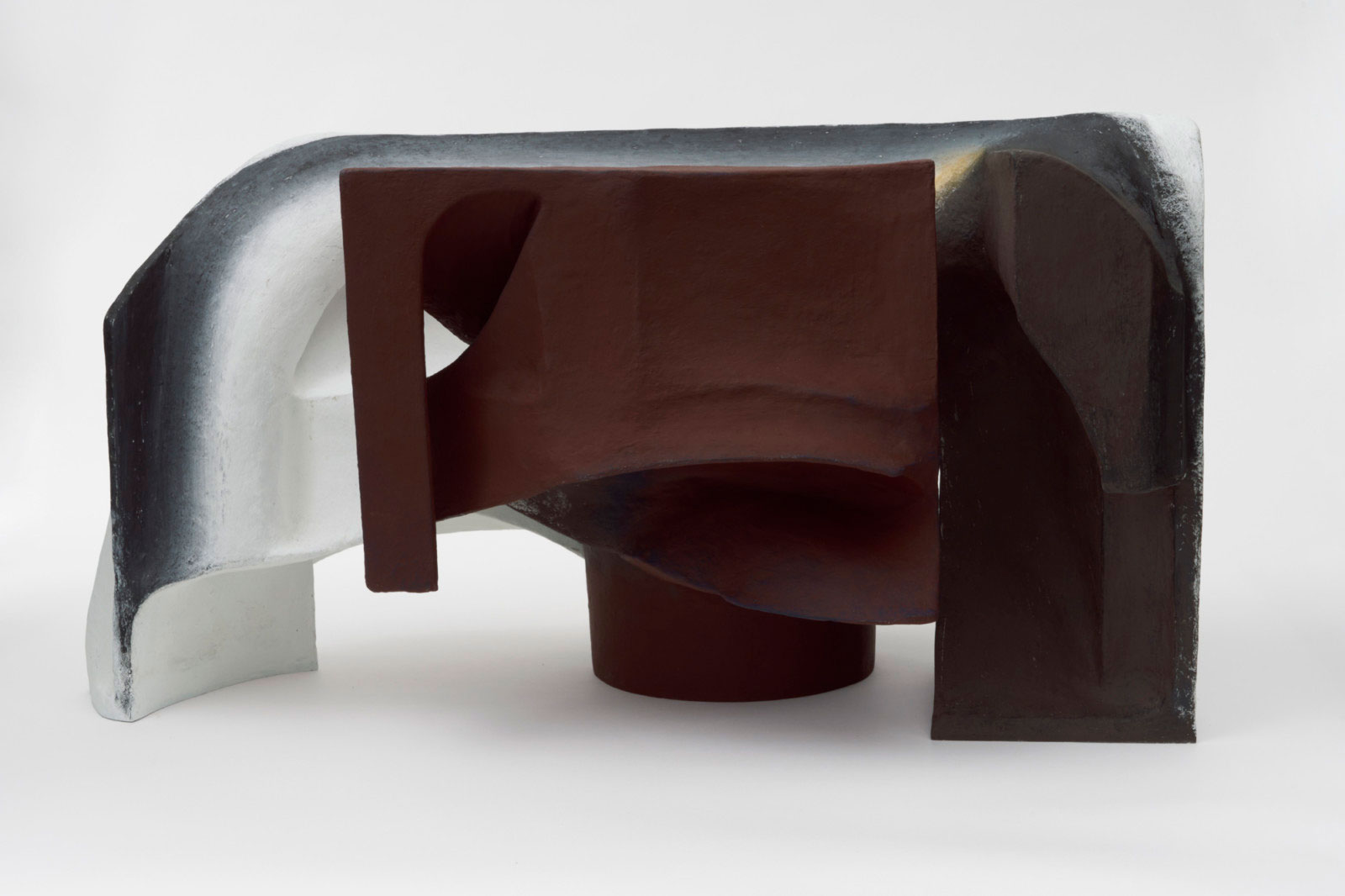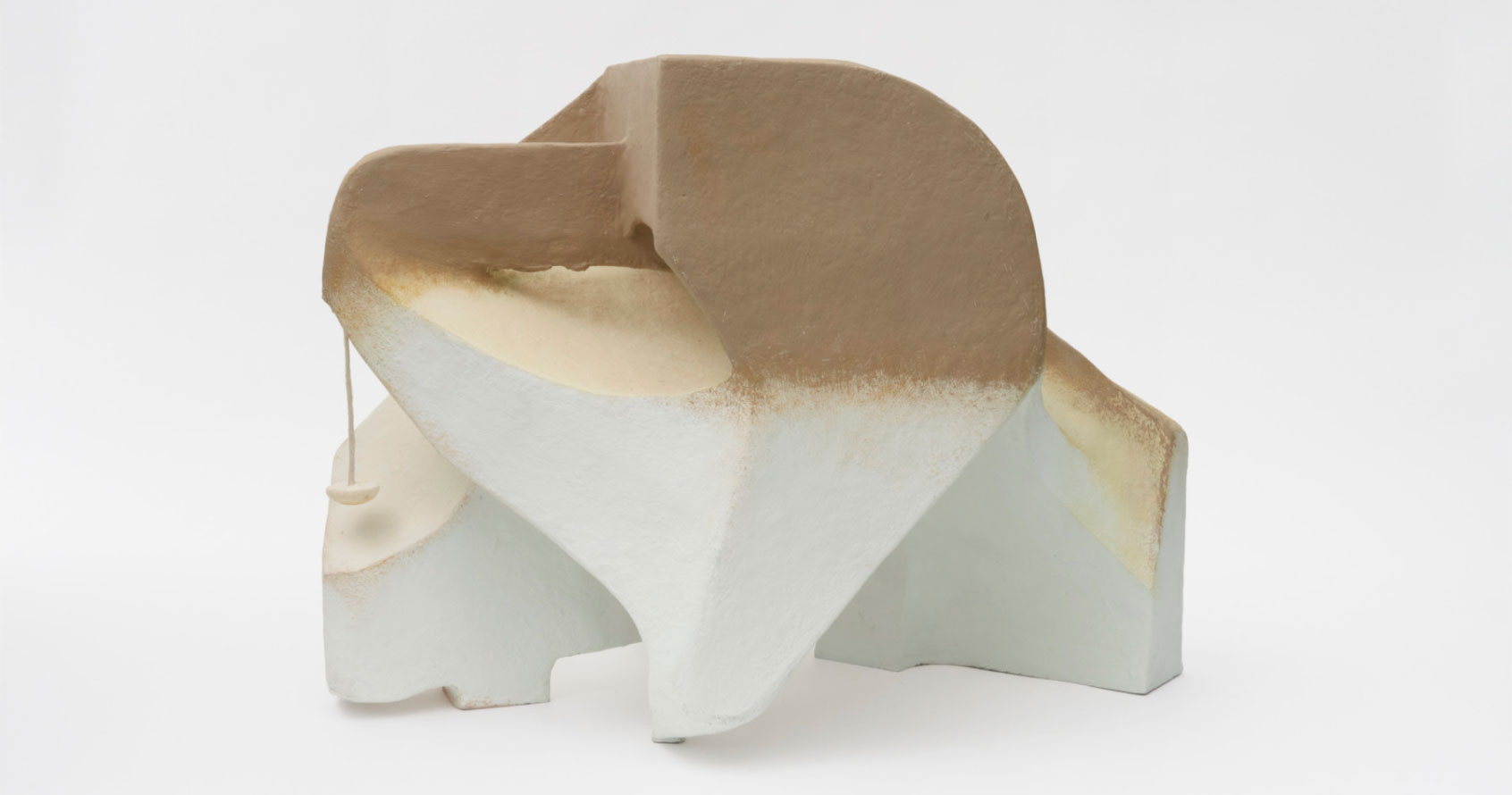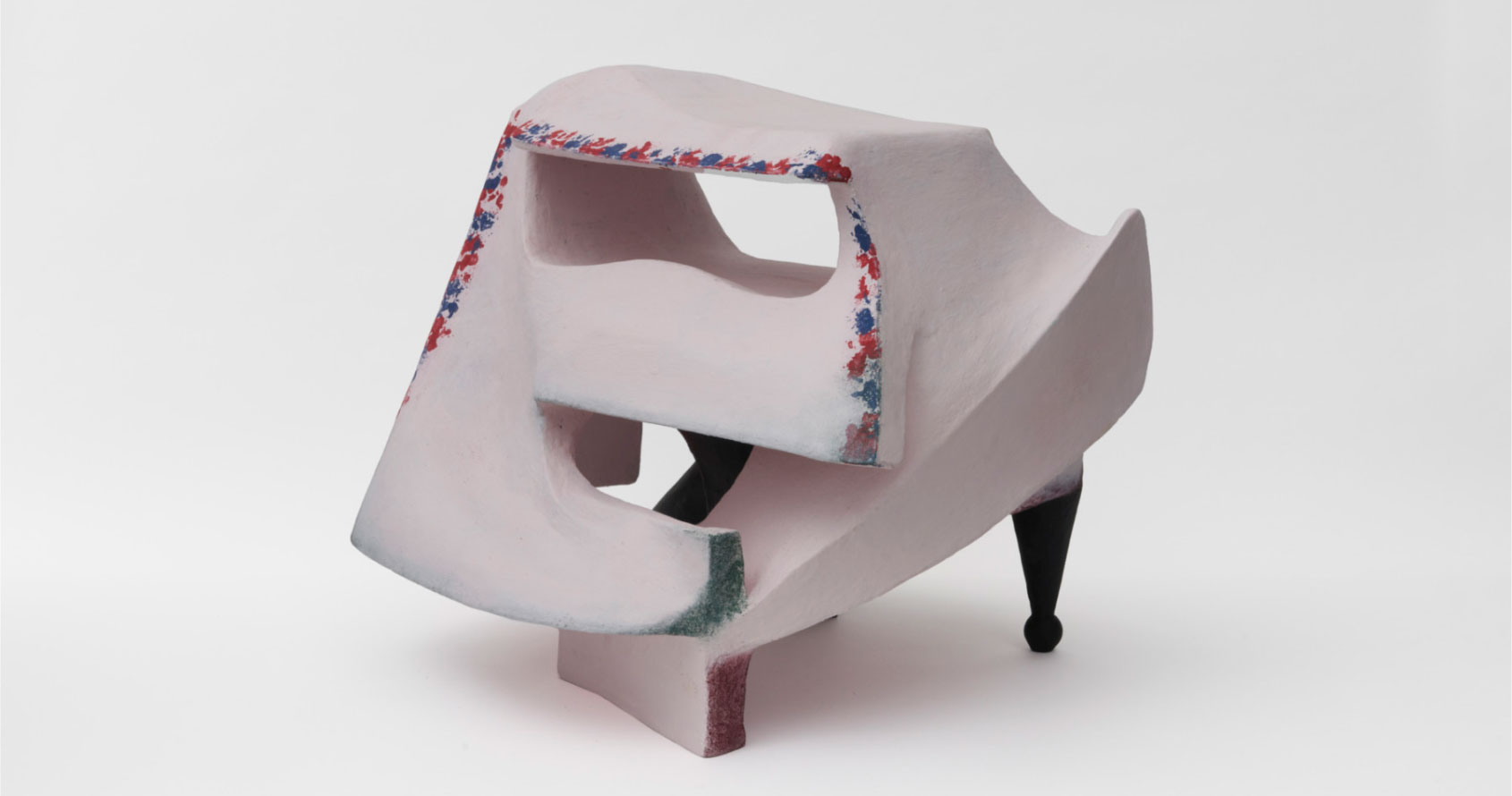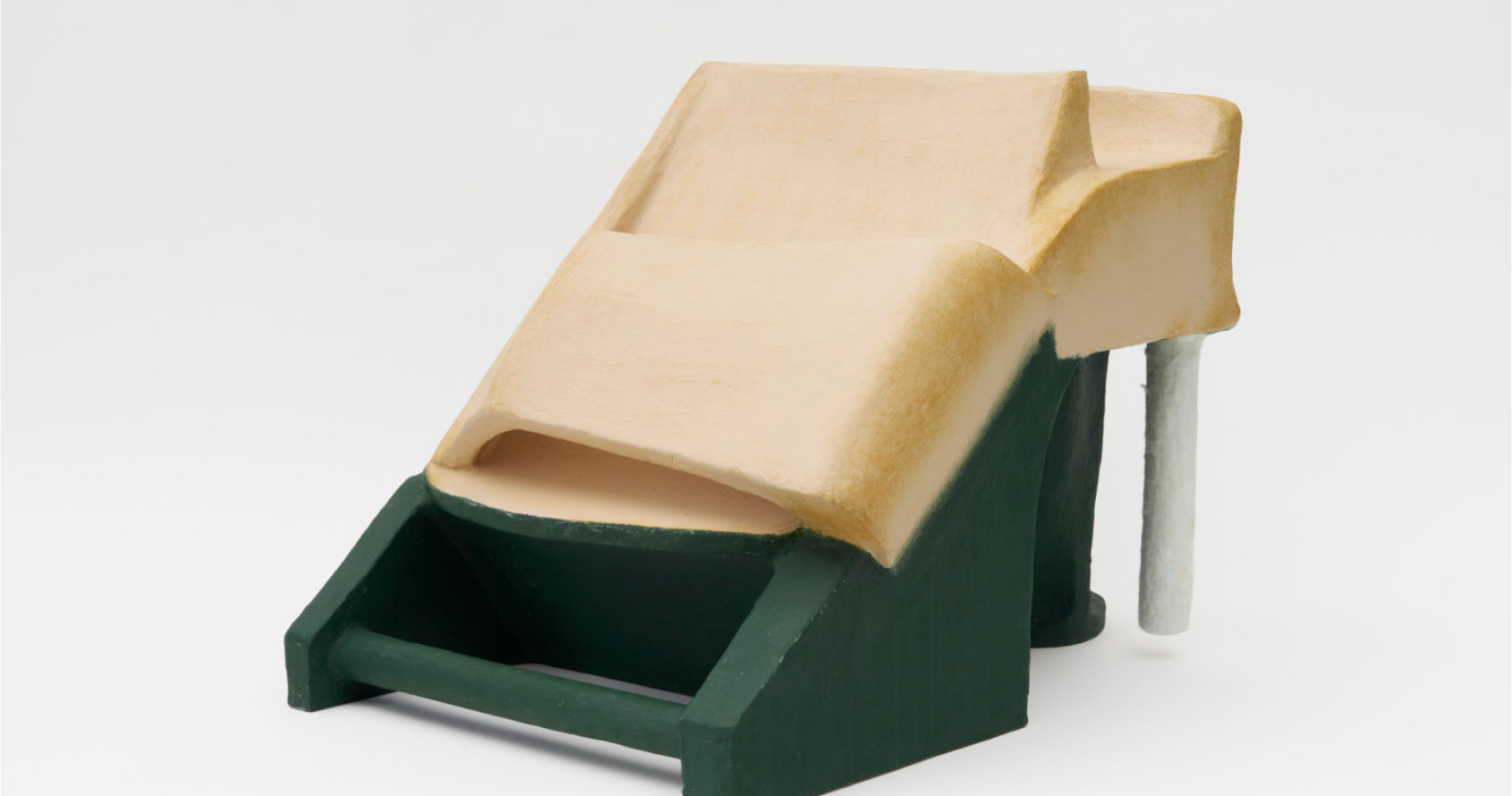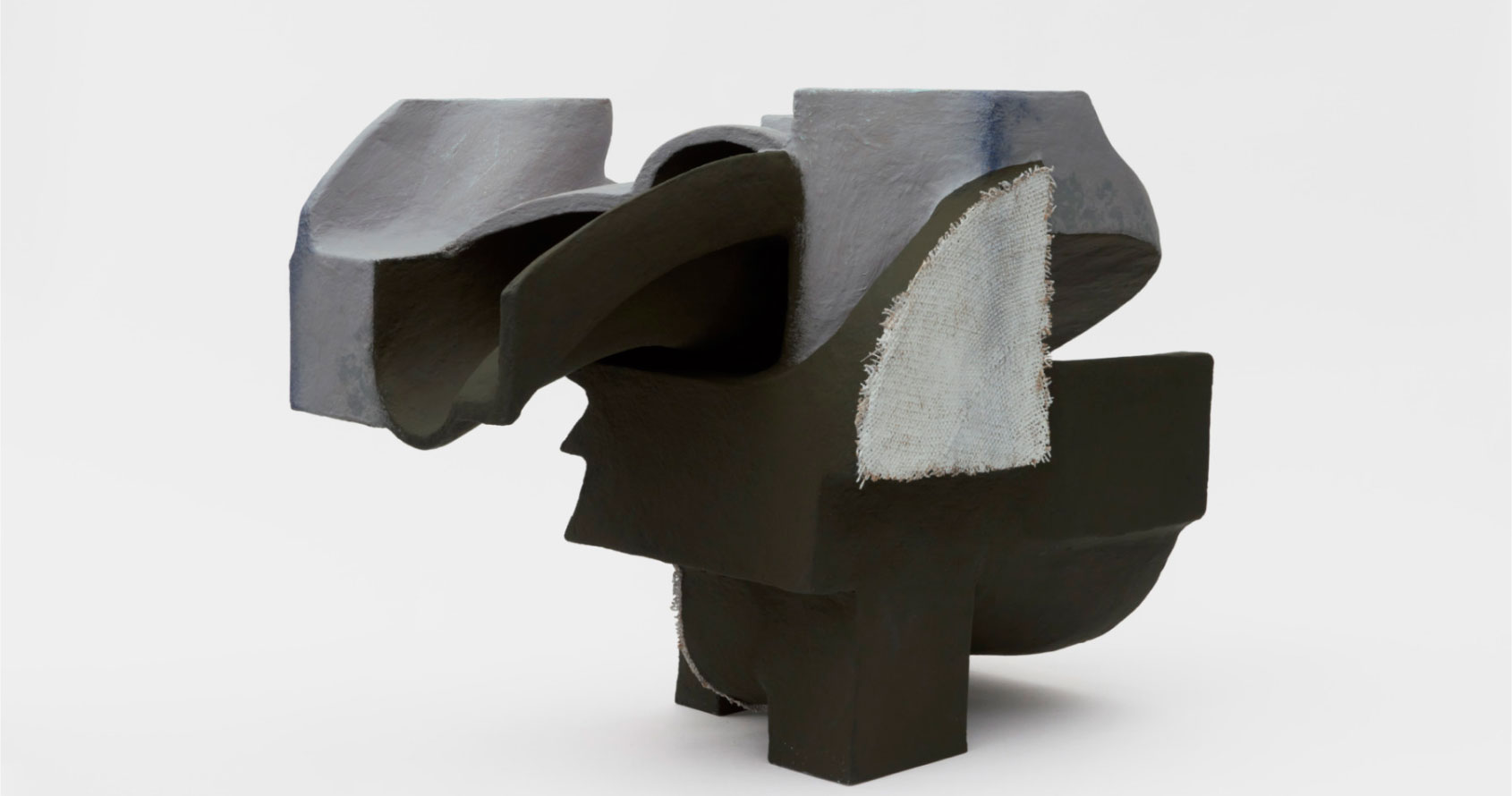ART CITIES: N.York-Vincent Fecteau
 Vincent Fecteau is best known for his modestly sized abstract sculptures, which he makes by hand using papier-mâché, plaster, and clay, as well as such commonplace items as rubber bands, seashells, and string. Their incongruous forms, unnerving color schemes, and often unsettling details are the result of numerous formal decisions made during the sculpting process.
Vincent Fecteau is best known for his modestly sized abstract sculptures, which he makes by hand using papier-mâché, plaster, and clay, as well as such commonplace items as rubber bands, seashells, and string. Their incongruous forms, unnerving color schemes, and often unsettling details are the result of numerous formal decisions made during the sculpting process.
By Dimitris Lempesis
Photo: Matthew Marks Gallery Archive
Vincent Fecteau’s first solo exhibition in New York in eight years includes twelve new sculptures constructed from papier-mâché and clay as well as other materials such as burlap and raffia. Rather than relying on preliminary sketches, Fecteau constructs his works in real-time using a process that is both additive and subtractive. Since the early 1990s, Vincent Fecteau has been making sculptures and collages from simple, sometimes everyday materials, such as newspaper clippings, papier-mâché, foam core, corks, popsicle sticks, or shells, that display diverse manifestations. Some of his works are small-scale, rectilinear, monochrome, or abstract, while others are expansive, intricate, colorful, or narrative. They are the outcome of a long, intense creative process that begins with the selection and combination of materials. This is followed by the continuous and careful processing of these components until the multifaceted nature of each object is articulated. Often, the properties of the chosen media and the manual production method remain visible. During this process, Fecteau does not subject himself to any conceptual framework; instead, his action is guided by intuitive responses to the various materials. The results of this approach are often difficult to describe in words. What at first appears to be clearly within our grasp, defies classification upon closer inspection. This predicament contributes to the enigmatic nature of Fecteau’s formulations and tempts one to engage in the manifold associations the artist’s sculptures and collages generate. His objects evoke images of model-like architectures, stages, and showcases, but also of bodies, limbs, and organs. However, these notional associations and ideas are very hazy and largely dissolve swiftly into abstractions. Despite their ambiguities, the works repeatedly reveal art-historical references. Thus, allusions to the formal languages and approaches of the avant-garde movements of the early twentieth century, postwar art, and postmodernism can be discerned. At no point, however, does Fecteau give the impression he is indulging in reminiscence. Quite the opposite. The works leave no doubt that they are testaments to their time. This can be detected both in their formal characteristics and in the exploration of queer forms of identity, life, and culture often manifested in them. In this regard, Fecteau’s preoccupation with values, ideas, and perspectives that can be located beyond heteronormative worldviews is informed by his personal experience of the AIDS crisis of the 1980s and 1990s, as well as the social changes accompanying it. The importance of his work for contemporary art discourse thus results not only from its compositional finesse, poetic force, and pronounced obduracy but equally from its sociopolitical aspirations and basic empathetic stance.
Photo: Vincent Fecteau, Untitled 2022, Papier-mâché, acrylic, wood, foil, resin clay, 14 × 35 × 25 inches; 36 × 89 × 64 cm, © Vincent Fecteau, Courtesy the artist and Pace Gallery
Info: Matthew Marks Gallery, 523 West 24th Street, New York, NY, USA, Duration: 4/11-23/12/2022, Days & Hours: Tue-Sat 10:00-18:00, https://matthewmarks.com/

